From Libertarian Minds:
Libertarian Minds
Libertarian thought in the 21st century.“I Pledge Allegiance…”August 3rd, 2010 → 4:43 pm @ James Padilioni Jr
Day in and day out children all across the United States begin their school day with a recitation of the Pledge of Allegiance. While this practice seems as American as the Fourth of July and apple pie, there is something very distressing with declaring your allegiance to a flag, and even worse impressing children with the idea that true patriotism comes from mindlessly reciting pledges and creeds, in drone-like fashion.
Historically, if one were to pledge allegiance to America, this allegiance was being made to the ideas of individual liberty and sovereignty, with as little government interference as possible. The philosophy that undergirds the American political system is the classical liberal philosophy, that recognizes man’s right to himself, and that “that government is best which governs least.” Government was rightly regarded as blunt force, and as George Washington aptly remarked, government is “a dangerous servant and a fearful master”. Pledging allegiance to this America was really pledging allegiance to yourself, because the original idea of America recognized that government derives its just powers from the consent of the governed.
Although this idea of America may be worthy of pledging allegiance to, there actually was no pledge to say. The Pledge of Allegiance was not written until 1892 by Francis Bellamy, a socialist. Bellamy was instrumental in the schoolhouse flag movement of the 1890s that sought to have a flag above every schoolhouse in America. Motivated by his socialist worldview, and recognizing the opportunity that impressionable school children represent, Bellamy penned his pledge. When one truly understands the origins of the pledge, it is easy to see the harm that such an oath can have.
There are a few things that need to be addressed. Firstly, a flag is a political symbol. It does not represent an idea, or even the people of a country, but the flag represents the political establishment, the government of a nation. When Francis Scott Key wrote “The Star-Spangled Banner” during the War of 1812, he was watching the flag over Ft. McHenry because he knew that whichever government controlled the fort would fly its own flag. Had Great Britain won that battle, the dawn’s early light would have revealed the Union Jack, and not the American flag. Using another example, the original white, blue, and red flag of the Russian Empire that collapsed in 1917 was replaced by the red flag with gold hammer and sickle. When the Soviet Union collapsed in 1991, the original flag was brought back as the flag of the newly formed Russian Federation. While the people and the landmass of Russia did not change during the 20th century, the system of government in Russia did, and it is this change that is reflected in its flags. Let it be clear – a flag is purely political.
Knowing this, let’s look at the second issue to be addressed. Francis Bellamy was a socialist. Without having a digression into the tenets of socialism (it seems the definition is ever expanding and changing nowadays), suffice it to say that socialism at its heart is based on collectivism. Using Ayn Rand’s definition, collectivism can be defined as “the subjugation of the individual to a group—whether to a race, class or state does not matter. Collectivism holds that man must be chained to collective action and collective thought for the sake of what is called ‘the common good’.” One form of collectivism is nationalism, that values your place within a larger identity-that of country. Your individual rights be damned if they conflict with the larger rights and needs of the national identity. It was in this mindset that Bellamy wrote his pledge. Bellamy is quoted in The Freeman as saying:
The true reason for allegiance to the Flag is the ‘republic for which it stands.’ . . . And what does that vast thing, the Republic, mean? It is the concise political word for the Nation—the One Nation which the Civil War was fought to prove. To make that One Nation idea clear, we must specify that it is indivisible, as Webster and Lincoln used to repeat in their great speeches.
Now that we have established that the flag is but a political symbol, and that our pledge in particular was written with the intention of robbing individualism and fostering a collective, national identity, there is one last point to be made. This pledge is not worthy of recitation. It was not written to reflect the individualism that America was founded upon, and the mere fact that it was written proves this. An individual does not need to recite a pledge in a group to affirm his own self; he simply lives and makes choices. Every time the individual is free to choose, he is pledging allegiance, but not to a flag, not to patria, or the government, but to himself.
Pledge allegiance to a flag? A collective identity? Absolutely not! “I pledge allegiance to me, and to the natural rights for which I stand. One person, under LIBERTY, with freedom and sovereignty to choose in all things.”
About the author
James Padilioni wrote 7 articles on this blog.
James is currently a 4th year history major at West Chester University. He is a strong believer in the principle that political freedom and economic freedom are inseparable, and as such advocates for a strong free market, the unalienable rights of man, and extremely limited government.
Tuesday, August 3, 2010
Subscribe to:
Post Comments (Atom)
.gif)



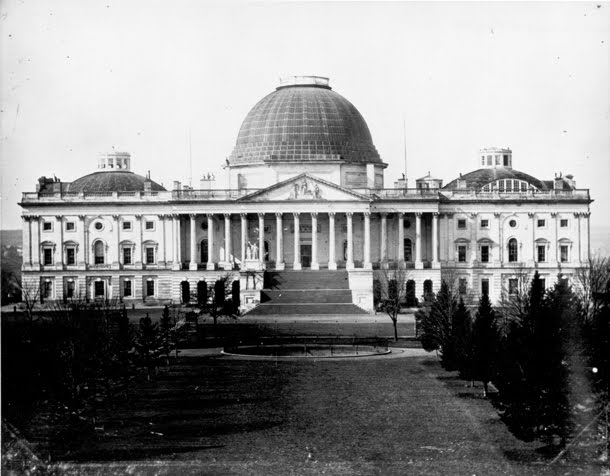










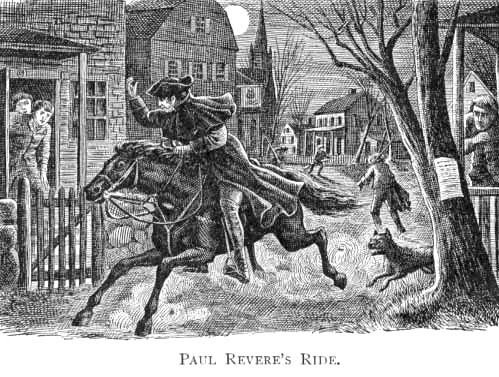


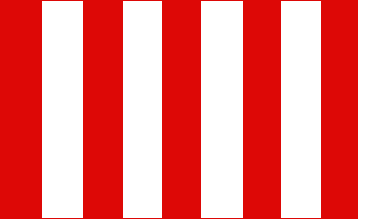
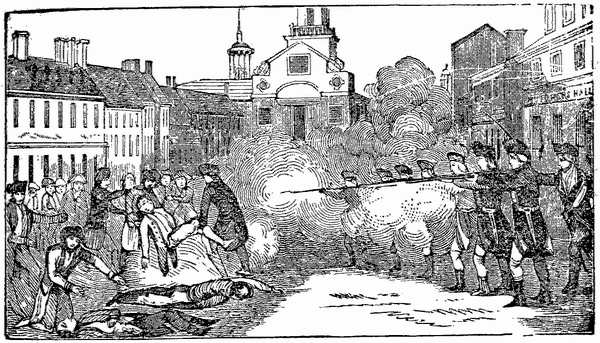
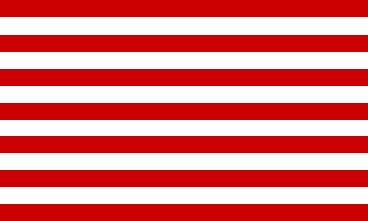












No comments:
Post a Comment